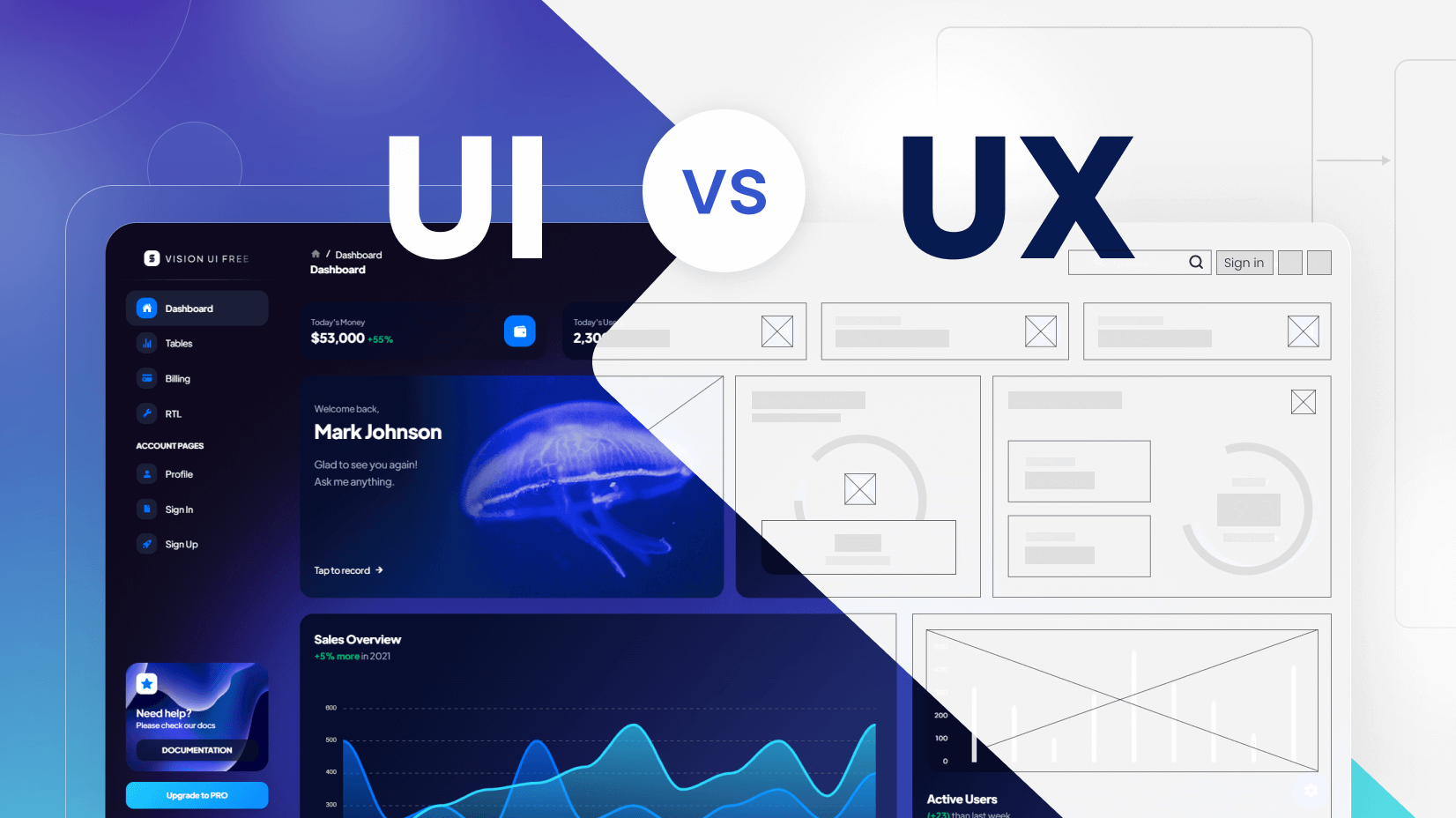Foundation of User Interface and User Experience Series 04: Exploring the Five Best Design Systems
 Joy Shree
Joy Shree
Hey there, fellow designers and curious minds! 🌟 Whether you’re just dipping your toes into the vast ocean of UI/UX design or you’re a seasoned pro, one thing’s for sure: understanding design systems is a game-changer. These systems are like the secret sauce that adds consistency, efficiency, and that extra layer of polish to your designs.
“5 Best Design Systems and How to Learn,” the spotlight was on some of the most successful design systems out there. But I thought, why not dive a little deeper and explore these gems together? So, let’s embark on this journey through five amazing design systems and uncover how you can learn from each one.
1. Google Material Design: The Modern Minimalist
First up, we have Google’s Material Design — a design system that’s all about clean, modern aesthetics. Think of it as your go-to guide for creating intuitive and user-friendly interfaces. Material Design loves grid-based layouts, responsive animations, and those subtle shadows that make elements pop.

How to Learn: If you’re eager to master Material Design, Material.io is your treasure chest. It’s packed with guidelines, components, and tools that’ll help you implement this design language into your projects. Plus, there are plenty of online tutorials and courses to get hands-on with it.
2. Apple’s Human Interface Guidelines (HIG): The Art of Simplicity
Next, let’s talk about Apple’s Human Interface Guidelines (HIG). If you’ve ever admired the sleek, minimalistic design of an iPhone app, you’ve seen HIG in action. Apple’s design system emphasizes clarity, depth, and a seamless user experience across all their devices — from iPhones to Apple Watches.
How to Learn: The best place to start is the official Apple Developer website. It’s a goldmine of documentation on UI components, interaction patterns, and design principles. Want to go deeper? Check out design blogs and courses that break down HIG, making it easier to align your designs with Apple’s philosophy.
3. IBM’s Carbon Design System: Design for Everyone
Now, let’s shift gears to IBM’s Carbon Design System. This one’s all about inclusivity and accessibility. Carbon ensures that products are not just consistent across IBM’s vast ecosystem, but also usable by everyone, regardless of their abilities.
How to Learn: Ready to dive in? Head over to carbon-design-system.com. Here, you’ll find detailed guidelines, resources, and tools to adopt Carbon in your projects. And don’t miss out on webinars and community discussions — they’re great for seeing how Carbon works in the real world.
4. Salesforce Lightning Design System (SLDS): Enterprise Efficiency
For those of you working on enterprise applications, the Salesforce Lightning Design System (SLDS) is your new best friend. SLDS is all about creating a unified experience for Salesforce applications, with a focus on usability and efficiency.

How to Learn: The Salesforce Lightning Design System website is the place to be. It offers a collection of design patterns, components, and resources that’ll help you create consistent UIs. Plus, Salesforce offers training resources and certifications — perfect for deepening your expertise.
5. Atlassian Design Guidelines: Navigating Complexity with Clarity
Last but certainly not least, we have the Atlassian Design Guidelines. Designed for complex software solutions, this system prioritizes collaboration, clarity, and consistency. It’s all about helping users easily navigate through complex information.
How to Learn: The Atlassian Design documentation is your comprehensive reference for components and best practices. And if you’re up for a challenge, keep an eye out for case studies and design challenges shared within design communities — they’re a fantastic way to apply what you’ve learned.
Wrapping Up: Elevate Your Design Practice
So, what’s the takeaway here? Understanding and utilizing these established design systems can transform your design process. Whether it’s the modern aesthetic of Google’s Material Design, the simplicity of Apple’s HIG, or the inclusivity of IBM’s Carbon, each system offers unique insights and learning opportunities.
In the ever-evolving world of design, these five design systems — Google Material Design, Apple’s Human Interface Guidelines, IBM’s Carbon, Salesforce’s Lightning Design System, and Atlassian’s Design Guidelines — serve as essential tools to elevate your craft. By leveraging the resources and insights they offer, you can create more consistent, user-friendly, and innovative designs. So, dive in, explore, and let these systems guide you to new creative heights. Remember, great design isn’t just about aesthetics; it’s about making a meaningful impact on users’ experiences.
Subscribe to my newsletter
Read articles from Joy Shree directly inside your inbox. Subscribe to the newsletter, and don't miss out.
Written by

Joy Shree
Joy Shree
<<I'm JOYSHREE >> With an insatiable curiosity for technology, a passion for learning new things, and an unwavering enthusiasm for mastering code, this girl is on a joyful journey of growth and discovery